How To Half Double Crochet (hdc) With Video Tutorial
Half double crochet, often abbreviated as hdc, is a popular stitch that finds a sweet spot between the height of a double crochet and the compactness of a single crochet stitch. Imagine it as the versatile middle child in the crochet family – not too tall, not too short, but just right for a wide array of projects.
This stitch creates a fabric that’s denser than double crochet, yet not as stiff as single crochet, making it your go-to for everything from warm hats to cozy blankets.
When you work a half double crochet, you’ll start by wrapping the yarn over your hook before inserting it into the stitch.
It’s a little tweak to the process, but this added step gives your fabric a slightly thicker texture, which is great for pieces where you want a bit more warmth and structure without the bulk.
As you get the hang of it, you’ll appreciate how this stitch allows for speedier progress than single crochet, while still offering a tight, textured outcome that’s ideal for a variety of patterns.
Understanding how to execute the half double crochet can open up a new world of possibilities for your crochet work.
It’s an essential technique that’s simple to learn and versatile enough to apply to countless projects.
Whether you’re crafting a snug little beanie or a snuggly throw for the couch, mastering this stitch will help you achieve a delightful balance of softness and substance in your creations.
Half Double Crochet
Before diving into half double crochet, make sure you’ve got the right materials and understand the basic foundation techniques needed to start your project.
Basic Materials
To begin your half double crochet journey, you’ll need a few key items. Here’s what to grab:
- Hooks: The hook size is crucial. Start with a H/8 (5mm) hook, which works well with most yarns.
- Yarn: Choosing worsted weight yarn is a safe bet for beginners. It’s thick enough to handle easily and is widely available.
Foundation Techniques
First things first, you need to make a slip knot. Place the yarn over your hook and pull the yarn through the loop to tighten.
Next up, the foundation chain. This series of chain stitches forms the base of your work:
- Yarn over the hook (yo).
- Pull through the loop on the hook.
Repeat steps 1 and 2 until you have the desired number of chains. Your foundation chain is the backbone of your project, so take your time getting it right.
Half Double Crochet Stitch

Half Double Crochet is versatile and strikes a balance between the height of a double crochet and the density of a single crochet.
Understanding its technique, how to begin a new row, and the different loop variations will enable you to create a range of textures and patterns.
Half Double Crochet Stitches
To start making a Half Double Crochet (HDC), yarn over (wrap the yarn around your hook) and then insert the hook into the desired stitch.
Yarn over again and pull the loop back through the stitch. You’ll now have three loops on your hook. Yarn over once more and pull through all three loops—congratulations, you’ve completed your HDC!
- Step 1: Yarn over
- Step 2: Insert hook into the next stitch
- Step 3: Yarn over and pull through the stitch
- Step 4: Yarn over and pull through all three loops on the hook
Starting a New Row
At the end of your row, to work in HDC, you need to make a turning chain. Chain two (these do not count as a stitch in HDC), turn your work to start the new row. Your hook should now be ready to work into the first stitch of the new row.
- Turning chain:
- Chain 2
- Turn your work
Working in Different Loops
By working into different loops, you can create various textures in your crochet fabric.
- Back Loop Only (BLO): Insert your hook under the back loop (the loop furthest from you) for a ridged texture on the right side.
- Front Loop Only (FLO): Insert your hook under the front loop (the loop closest to you) to create a ribbed texture that appears on the right side.
- Third Loop: Some HDC stitches have a third loop that can be found behind the back loop, adding even more texture to your fabric. When you work in this loop, the top two loops will push forward, creating a braided look on the right side.
- Right Side vs. Wrong Side: These are terms that refer to the two sides of your work; the “right side” is typically the side that faces out on your project, while the “wrong side” faces inward.
| Loop Type | Location | Texture Effect | Right/Wrong Side Impact |
|---|---|---|---|
| Back Loop | Furthest from you | Ridged texture | Right side accentuated |
| Front Loop | Closest to you | Ribbed texture | Right side emphasized |
| Third Loop | Behind back loop | Braided look | Braids on the right side |
Advanced Techniques
Exploring advanced techniques in half double crochet can enhance the texture and shape of your projects. Here’s how you can master increasing, decreasing, and working in rounds to add sophistication to your crochet work.
Increasing and Decreasing
Incorporating increases and decreases allows you to shape your crochet pieces. To hdc increase, simply work two hdc stitches into the same stitch, giving you a subtle expansion at the point of increase.
For a hdc decrease, which can also be termed half double crochet decrease or hdc decrease, you’ll yarn over, insert the hook into the stitch, yarn over again and pull through, and then repeat these steps in the next stitch; finally, yarn over once more and pull through all loops on the hook.
When decreasing at the end of the row, make sure you work the decrease as the last two stitches to maintain your pattern.
- Invisible Decrease: To create an invisible decrease in hdc, you’ll insert the hook through the front loops of the next two stitches (called hdc blo), yarn over, pull through, and complete the stitch as a standard hdc. This technique is especially helpful for amigurumi, where you want your decreases to be less noticeable.
Working in Rounds
You can use half double crochet to create hats, bags, and amigurumi by working in rounds. Begin by joining your stitches at the end of each row with a slip stitch and then start the new round with a chain 2, which counts as your first hdc.
Maintain the integrity of your stitches by working into the same stitch as the joining and continue to hdc in each stitch around.
For a seamless join, try working the final pull-through of the last hdc of the round with the first stitch of the new round.
- Beginning of a Row: When you start with a new row, remember to chain 2, this will help you keep the edges of your work neat and even.
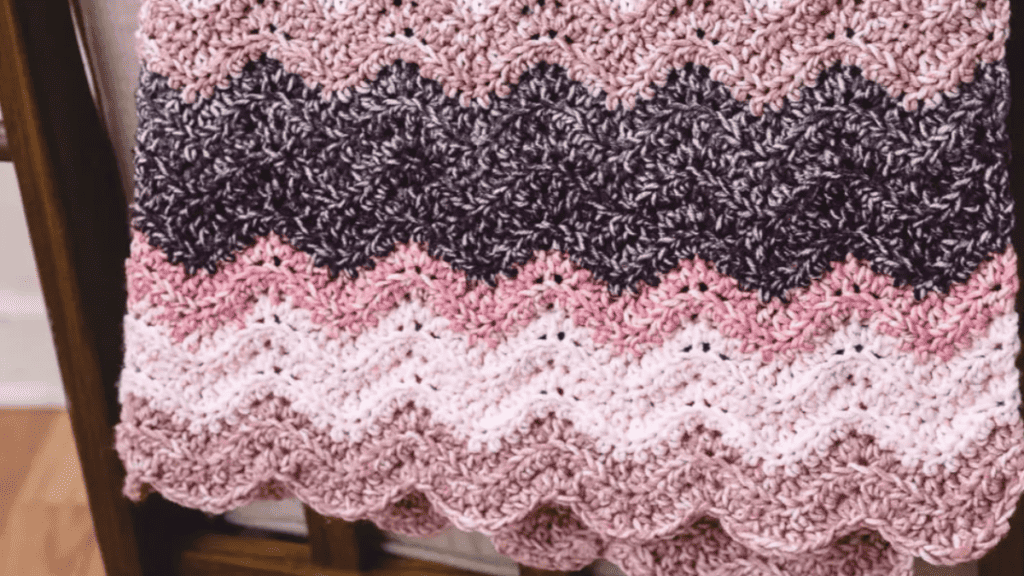
Special Variations
Adding special stitches can give your work unique properties. The hdc blo (half double crochet through the back loop only) creates a ridge that can add interesting texture to your project.
Working into the 3rd loop of a hdc can push the top two loops forward, giving an added dimension to your fabric.
Experiment with varying the location of increases and decreases to create different shapes and textures within your work.
- 3rd Loop: Look for the loop that lies directly behind the back loop and insert your hook there to achieve this effect.
Using these advanced techniques, you can create pieces with more complex shapes and textures that stand out. Remember, practice is key to mastering these skills.
Creating Textures
With half double crochet (HDC), you can create a variety of textures. To start, you might choose between US terms and UK terms—just remember they differ (for example, the US HDC is the UK half treble crochet).
If you’re a visual learner, a photo tutorial can guide you through the steps, and you’ll find an array of stitches to experiment with.
On the other hand, if you prefer watching in real-time, a video tutorial could be your go-to. There are plenty of free patterns online that incorporate different HDC combinations to create rich textures, perfect for projects like baby blankets.
- US Term: Half Double Crochet
- UK Term: Half Treble Crochet
Finishing Projects
The last steps of your half double crochet project will make a big difference in the final look. Here’s a simple checklist for finishing up:
- Weave in ends using a tapestry needle.
- Block your work to enhance the shape and drape.
For baby blankets or garments requiring a soft, pliable finish, hand-block gently to avoid misshaping the stitches. It’s usually helpful to refer to the specific finishing instructions included in your chosen crochet pattern. If you’re trying something new or complex, don’t hesitate to look up a video tutorial for a step-by-step walkthrough. Remember, the more you practice finishing techniques, the more polished your projects will become.
Troubleshooting and Perfecting
When your half double crochet doesn’t look quite right, it’s often a matter of tweaking a few key steps. Let’s address common issues and help you perfect your stitches.
Uneven Edges: One common issue is uneven edges. This can be due to inconsistent tension or missing the last stitch of the row. To fix this, ensure that you’re crocheting into the correct last stitch and not into the space below it.
- Correct Height: If your stitches are too tight or loose, adjust how you wrap the yarn around your hook. Aim for a uniform tension.
- Starting and Ending: Make sure you are not adding extra stitches at the beginning or end of your rows. This can throw off your stitch count and lead to uneven edges.
Stitch Placement:
- First Stitch: Sometimes the first stitch after the turning chain is overlooked. Remember that this stitch is necessary and must be included.
- Second Stitch: It’s easy to mistake the first stitch of the row if your turning chain is too tight or loose. Focus on identifying the top of the turning chain and work into the correct second stitch to maintain your count.
Turning Chain Count: For a half double crochet, your turning chain count should be two. This is the proper height to keep your row even with the rest of your stitches.
| Issue | Solution |
|---|---|
| Stitches Too Tight/Loose | Adjust tension |
| Missing Last Stitch | Pay attention to the end of the row |
| Mistaking the Second Stitch | Identify the top of the turning chain accurately |
| Incorrect Turning Chain Count | Count to two for the half double crochet turning chain |
Remember, practice makes perfect. Keep an eye on your stitch placement and turning chains, and soon you’ll be creating flawless half double crochets.
Video Tutorial
If you are a visual learner like I am, here is the best video for Half Double crochet that our team found on YouTube.
Crochet Patterns
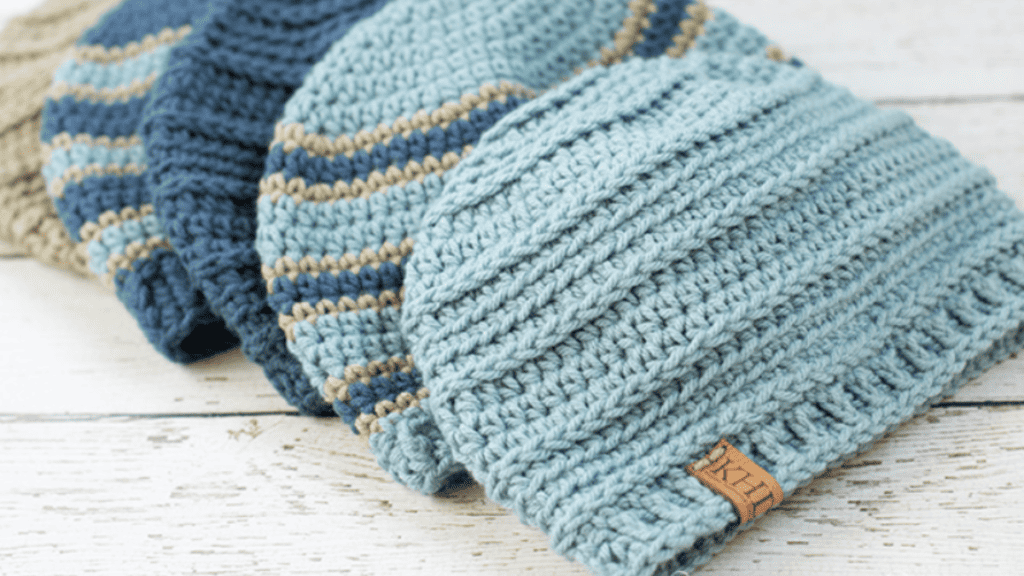
See Beanie Patterns and Crochet Blanket Patterns

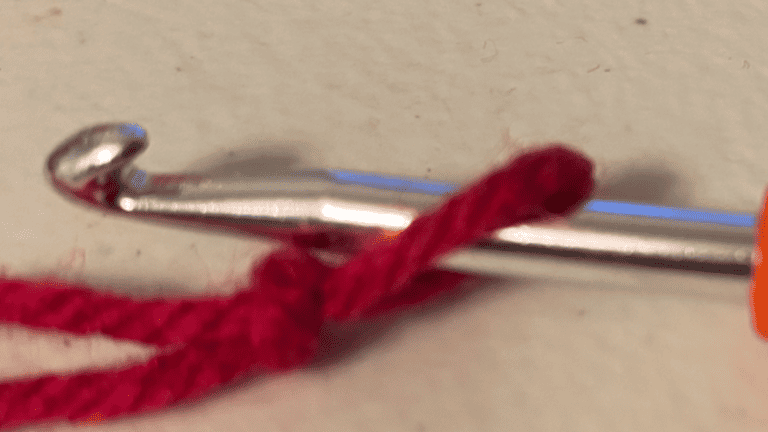
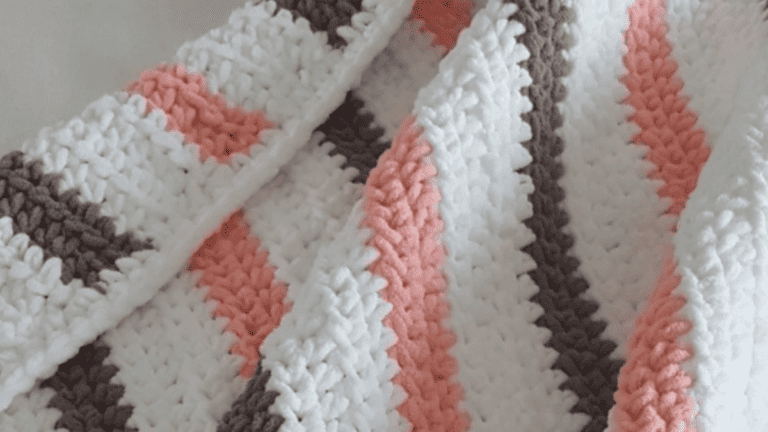
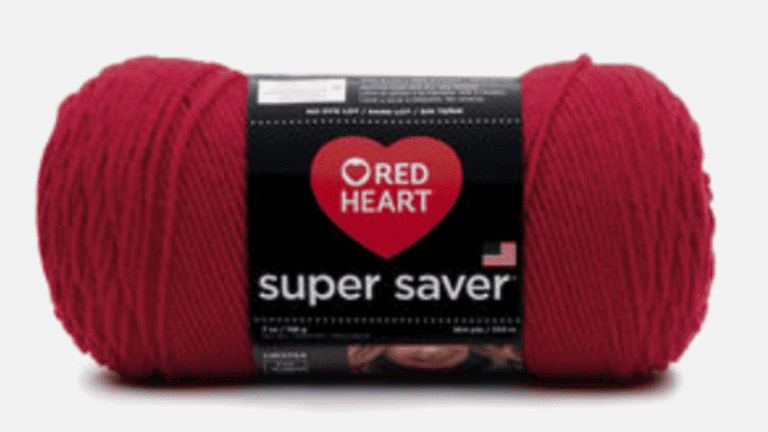
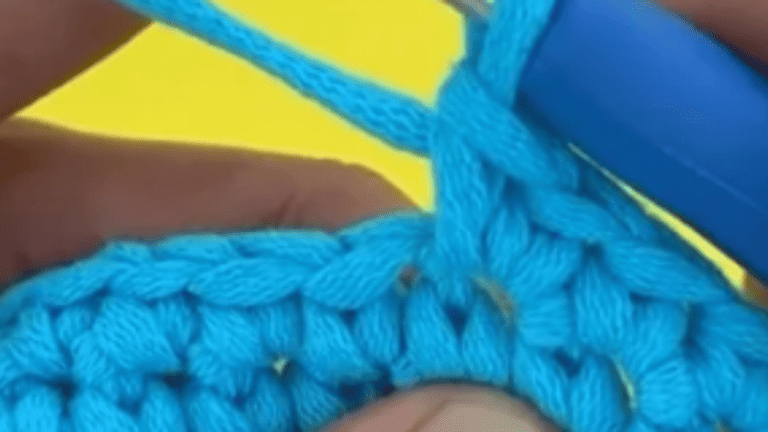

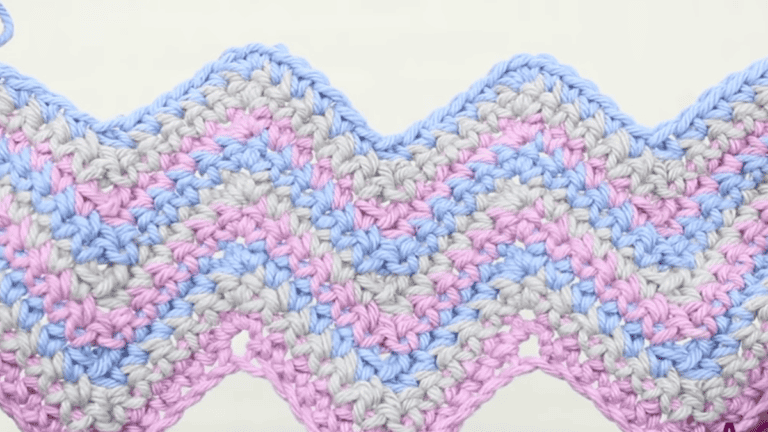
3 Comments